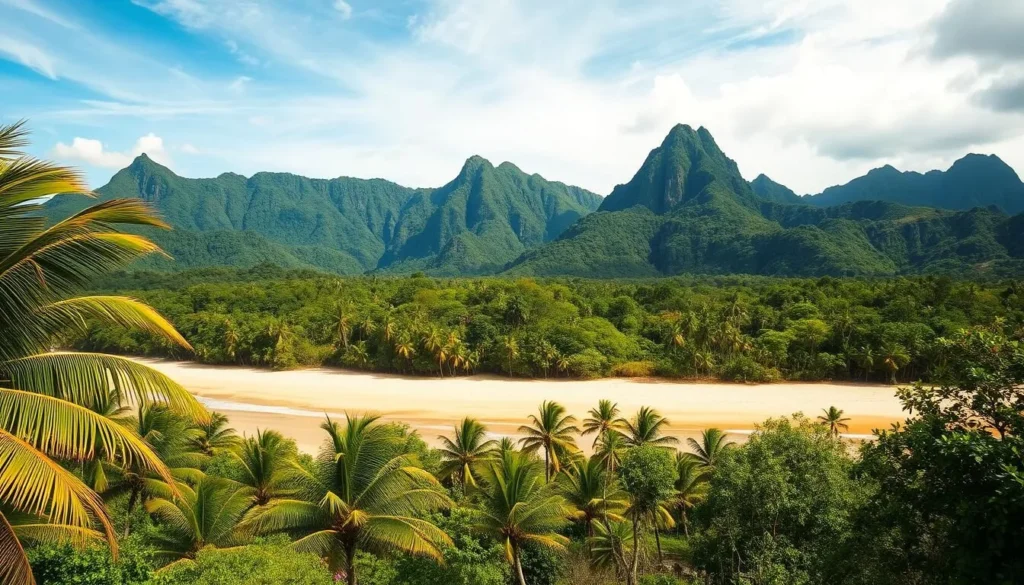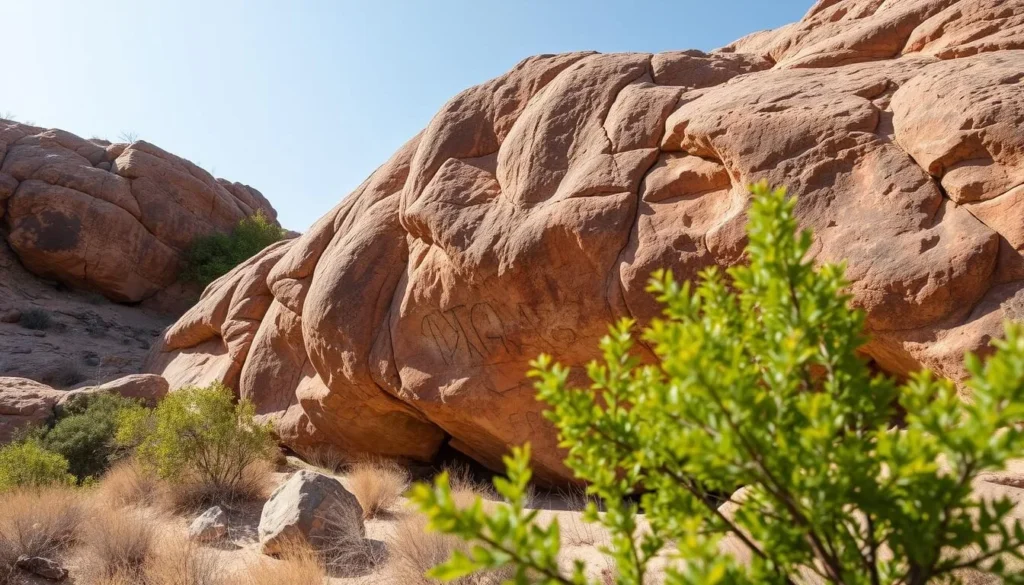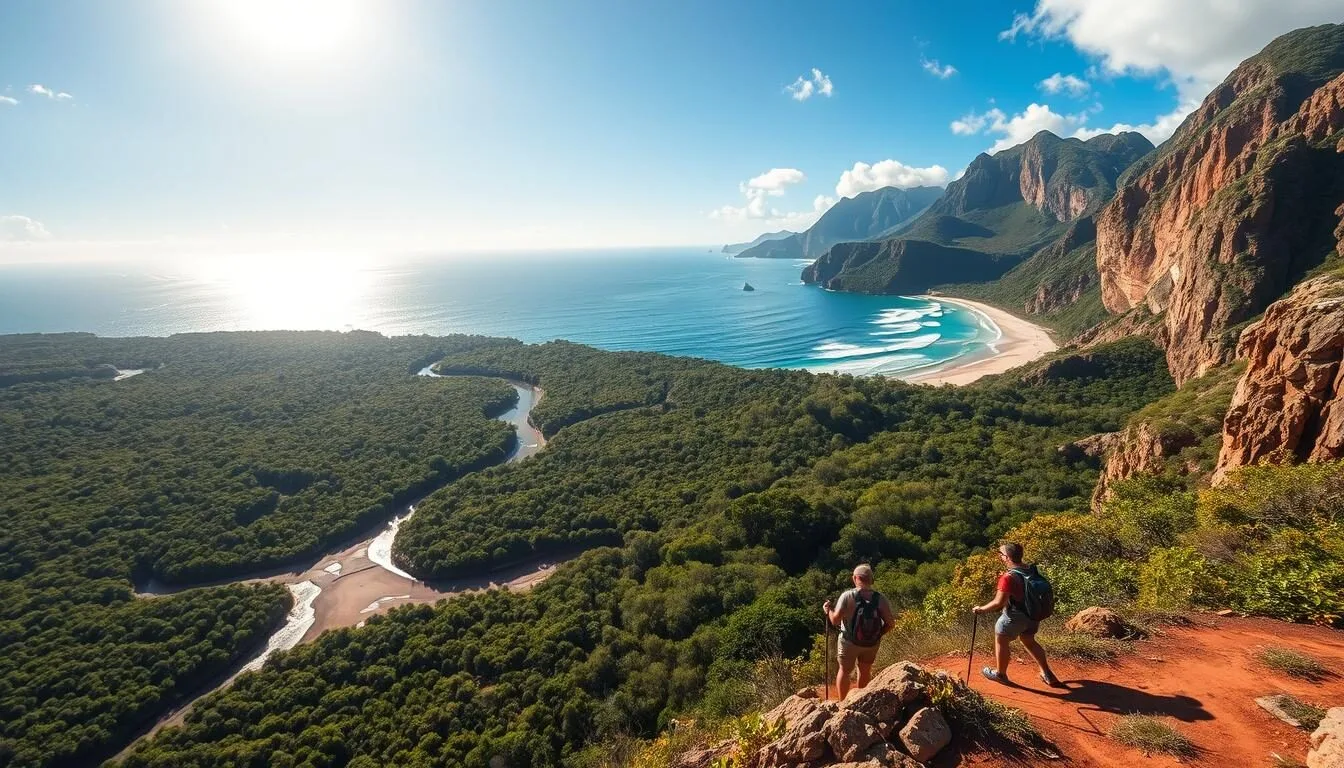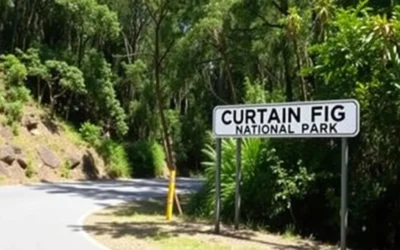✓ Accommodations✓ Flights✓ Rental Cars
You’ve likely heard of the rugged beauty of Australia’s northernmost tip, where the tropical rainforest meets the epic 4WD tracks. Cape York Peninsula is a must-visit adventure destination, offering an unparalleled outback experience.
As you journey through this vast wilderness area, you’ll discover striking contrasts, from lush rainforests and crystal-clear swimming holes to rugged tracks and remote beaches. The Peninsula Development Road (PDR) offers breathtaking scenery and challenging driving conditions, making the journey as rewarding as the destination.
Whether you’re a seasoned 4WD enthusiast, a nature lover, or a history buff, Cape York has something to offer. Get ready to explore hidden waterfalls, historic sites, and the iconic Tip, creating unforgettable memories in this unique region.
Discovering Australia’s Final Frontier
Your journey to Cape York is more than just a trip; it’s an expedition into the heart of Australia’s rugged frontier. The region’s unique climate and geography make it an adventure destination like no other.
When to Visit Cape York Peninsula
The best time to visit Cape York Peninsula is during the dry season, from April to October. This period offers comfortable temperatures and accessible roads, making it ideal for camping and outdoor activities. The dry season is characterized by clear skies and minimal rainfall, allowing travellers to fully appreciate the area’s natural beauty.
Getting There: 4WD Adventures and Preparation
A 4WD vehicle is highly recommended for tackling Cape York’s challenging terrain. The journey from Cairns to the tip of Cape York spans approximately 1,000 kilometers, with most travelers allowing 7-14 days for a round trip. Proper preparation is essential, including ensuring your vehicle is in excellent condition and carrying essential spares and recovery equipment.
| Month | Weather Conditions | Road Accessibility |
|---|---|---|
| April | Dry, comfortable temperatures | Accessible |
| June | Dry, cooler mornings and evenings | Accessible |
| October | Dry, warmer temperatures | Accessible |

The Iconic Tip of Cape York
As you venture to the Cape York Peninsula, the ultimate goal for many travelers is to reach the iconic Tip, the northernmost point of the Australian mainland. This journey is not just about the destination; it’s about the experiences and breathtaking views along the way.
Standing at Australia’s Northernmost Point
Standing at the northernmost point of mainland Australia is a bucket-list achievement for many travelers, offering breathtaking views across the Torres Strait toward Papua New Guinea. The iconic sign marking “The Tip” provides the perfect photo opportunity to commemorate your journey to this remote corner of North Queensland.
Be prepared for a short but scenic walk from the parking area over rocky terrain to reach the actual northernmost point – wear appropriate footwear and carry water, especially during midday heat.
Punsand Bay and Nearby Attractions
Punsand Bay, just a short drive from The Tip, offers comfortable camping facilities, stunning beaches, and spectacular sunset views over the Arafura Sea. While in the area, explore nearby attractions like Somerset Beach with its historical significance as an early European settlement, and the pristine Lockerbie Scrub, one of the last remaining patches of rainforest in the region.
Consider staying a few days in this area to fully appreciate the remote beauty and unique atmosphere of Australia’s northernmost reaches.
Tackling the Legendary 4WD Tracks
Cape York’s legendary 4WD tracks are a thrill-seeker’s dream come true, offering an adventure like no other. The region is famous for its challenging terrain and breathtaking landscapes, making it a paradise for 4WD enthusiasts.
The Old Telegraph Track Challenge
The Old Telegraph Track (OTT) is one of the most iconic 4WD tracks in Cape York, following the original telegraph line route. This track is notorious for its water crossings and steep creek banks, making it a true test of driving skills.
The OTT can be divided into southern and northern sections, with the southern part being more challenging. Beginners should consider traveling with experienced drivers or taking bypass roads when necessary.
Frenchmans Track and Other 4WD Adventures
Frenchmans Track is another challenging 4WD track that cuts across the peninsula from Pascoe River to Chili Beach. It demands careful vehicle placement and good ground clearance due to its steep river crossings.
Other notable 4WD adventures in Cape York include the CREB Track, which passes through stunning rainforest terrain, and the Old Coach Road, each offering unique scenery and driving challenges. Always check current track conditions before departing, as water levels and track deterioration can significantly impact difficulty levels.
Before embarking on your 4WD adventure, ensure you have a well-prepared vehicle and recovery equipment. It’s also essential to check the weather and road conditions to avoid any unexpected challenges.
Natural Wonders and Swimming Spots
If you’re looking for an adventure, Cape York Peninsula’s natural wonders and swimming spots are a must-visit. The region is home to numerous breathtaking attractions that showcase its diverse natural beauty.
Crystal Clear Waters at Fruit Bat Falls
Fruit Bat Falls stands out as one of Cape York’s premier natural attractions, featuring crystal-clear waters flowing over smooth rock formations, creating the perfect swimming spot in this tropical location. The falls are accessible via a short walk from the parking area, making them one of the more accessible natural wonders in the region.
Elliot Falls and Twin Falls
Nearby Elliot Falls and Twin Falls create a trifecta of stunning swimming holes, each with its own character. Elliot Falls boasts cascading waters, while Twin Falls features dual streams, and the nearby “Saucepan” has a circular swimming hole.
Chili Beach and Coastal Beauty
Chili Beach in Kutini-Payamu (Iron Range) National Park offers a striking contrast to the inland waterfalls, with its windswept coconut palms, white sand, and driftwood-strewn shoreline creating one of Cape York’s most photogenic coastal landscapes.
The region’s diverse ecosystems, including the Daintree Rainforest and Jardine River National Park, provide endless opportunities for exploration and discovery.
Cape York Peninsula, Queensland: Best Things to Do for History Buffs
History enthusiasts will find Cape York Peninsula a captivating destination, rich in colonial and indigenous heritage. The region is dotted with historical sites that tell the story of Australia’s past, from the earliest European explorers to the indigenous cultures that have thrived for thousands of years.
Cooktown: A Glimpse into Colonial History
Cooktown offers a fascinating glimpse into Australia’s colonial history as the site where Captain James Cook beached the HMS Endeavour for repairs in 1770 after damaging it on the Great Barrier Reef. The James Cook Museum houses significant artifacts from the Endeavour, along with exhibits detailing the region’s gold rush era and the complex relationships between European settlers and Indigenous peoples.
Cooktown is a must-visit for anyone interested in history, with guided tours bringing the past to life.
Indigenous Culture and Rock Art at Split Rock
Split Rock near Laura contains some of Australia’s most significant rock art, with guided tours explaining the meaning behind ancient Aboriginal paintings that date back thousands of years. The art at Split Rock provides insight into the rich cultural traditions of the Indigenous peoples who have inhabited Cape York Peninsula for over 40,000 years.
Visitors can explore the Split Rock Gallery, where one-hour tours can be arranged to delve deeper into the history and significance of the rock art.

Other historical sites worth visiting include the telegraph station ruins along the Old Telegraph Track, the abandoned mining town of Maytown, and Somerset, one of the earliest European settlements in Far North Queensland, all documented in detail in resources like the Hema Maps Cape York Atlas & Guide.
Must-Visit Towns and Communities
Cape York Peninsula is home to a diverse array of towns and communities, each with its own unique character and attractions. You’ll find a blend of mining industry and natural beauty in these areas.
Weipa: A Mining Town with a Fishing Paradise
Weipa, the largest town in the Cape York region, offers mine tours and excellent fishing opportunities. The town’s distinctive red soil contrasts with the blue waters of the Gulf of Carpentaria, making it a visually stunning area.
Bamaga, Seisia, and Umagico
The Northern Peninsula Area communities of Bamaga, Seisia, and Umagico provide essential services for travellers heading to The Tip. Seisia serves as the main departure point for ferry services to Thursday Island and offers excellent camping facilities. Umagico surprises visitors with its beautiful beaches and relaxed atmosphere, making it a great place to explore.
Fishing and Outdoor Adventures
You’ll find endless opportunities for outdoor adventures in Cape York Peninsula. The region is renowned for its exceptional fishing, with numerous species to catch, including barramundi, mangrove jack, and queenfish.
Top Fishing Spots in Cape York
The Jardine River is a premier fishing destination, offering trophy-sized barramundi in a stunning wilderness setting. Coastal fishing spots around Weipa and Seisia Beach provide excellent opportunities for both land-based and boat fishing adventures.
Wildlife Watching Opportunities
Wildlife lovers will find Cape York a paradise for observation. Guided tours are available to safely view massive saltwater crocodiles in their natural habitat, particularly in the wetlands of Rinyirru (Lakefield) National Park. For birdwatching enthusiasts, Kutini-Payamu (Iron Range) National Park is home to endemic species found nowhere else in Australia.
Planning Your Cape York Adventure: Essential Tips
To make the most of your journey to Cape York Peninsula, careful preparation is vital.
Before you start your trip, check the latest road conditions and closures to avoid unexpected delays.
A well-prepared 4WD vehicle is essential for tackling the rugged bush tracks. Consider the time of year and plan your itinerary accordingly, allowing at least two weeks for your journey.
You should also respect the cultural significance of sites like Split Rock and other Indigenous areas, following guidelines for responsible visitation.
By being prepared and respectful, you’ll be able to fully appreciate the natural beauty and rich history of this unique region in North Queensland.
The above is subject to change.
Check back often to TRAVEL.COM for the latest travel tips and deals.






